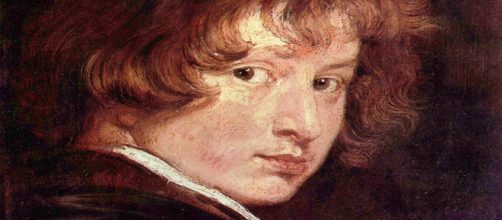Portraits by Anthony Van Dyck, a favorite court painter in 17th century England, describing King Charles' 11-year-old son and nine-year-old daughter, highlight a sale at Southey's London, December 5. Auction house co-chair of the Old Masters department, Alex Bell, spoke to The Guardian of the “exceptionally well-preserved portraits” of the centuries-old works and the artist's “painterly skills to acknowledge both the youth and the status of his royal subjects.” But despite this advanced billing touting the sale, there's something inherently sad about it.
All in the family
Think about it. Here is the progeny of a former king of England, Scotland, and Ireland who reigned for almost 30 years, and they're up for grabs in a public auction. Where are the descendants to care for them? Granted, Charles I was a terrible king. His subjects thought of him as a tyrant because he believed in the divine right of kings, which meant he could do whatever he wanted – like raising taxes - without consulting the English Parliament. The list of his offenses is long, including treason. Not unexpectedly, he was executed. But the king's son, Charles II, was a beloved monarch and while he and his wife had no children, he had a slew of illegitimate ones. And his sister Mary bore the future King William III.
Is there really no one left to covet these likenesses of little Charles and Mary? The paintings are special not only because the subjects are royal. They're also two of Van Dyck's last works for his royal patrons and the last he painted before he died at age 42
Efficiency expert
Van Dyck's method of working is worth mentioning here. A good description was mentioned in 1666 by art historian Andre Felibien, who said that the artist always painted his portraits in a single session. He began work in the morning, and then, so as not to interrupt his work with a long hiatus, kept to dinner those whose portraits he was doing. This included the royals and they didn't mind as he wined and dined them and even entertained them during the meal.
After dinner, he again started to paint and worked so rapidly that he was able to produce not one, but two portraits per day, that only needed a little retouching.
He was fast, but was he good?
How good a painter was Van Dyck? In 1681 art Historian Roger De Piles told the story of his student days under the tutelage of Peter Paul Rubens. When the master painter went out for an evening leaving an unfinished canvas on his easel, Van Dykes fellow students began horsing around and knocked over the still-wet painting to the ground, damaging it. They then pleaded with him to do the repairs and when Rubens returned to his work the following morning, he said out loud that it turned out better than he thought.
Another attention-getter
Like many painters, this Flemish painter regularly pictured himself and one of his likenesses is up for sale at Sotheby's tonight Sept. 14. According to David Moore Gwyn, senior specialist in early British painting, “This was without a doubt the most important portrait by Van Dyck to come to auction in my 33-year career.”


